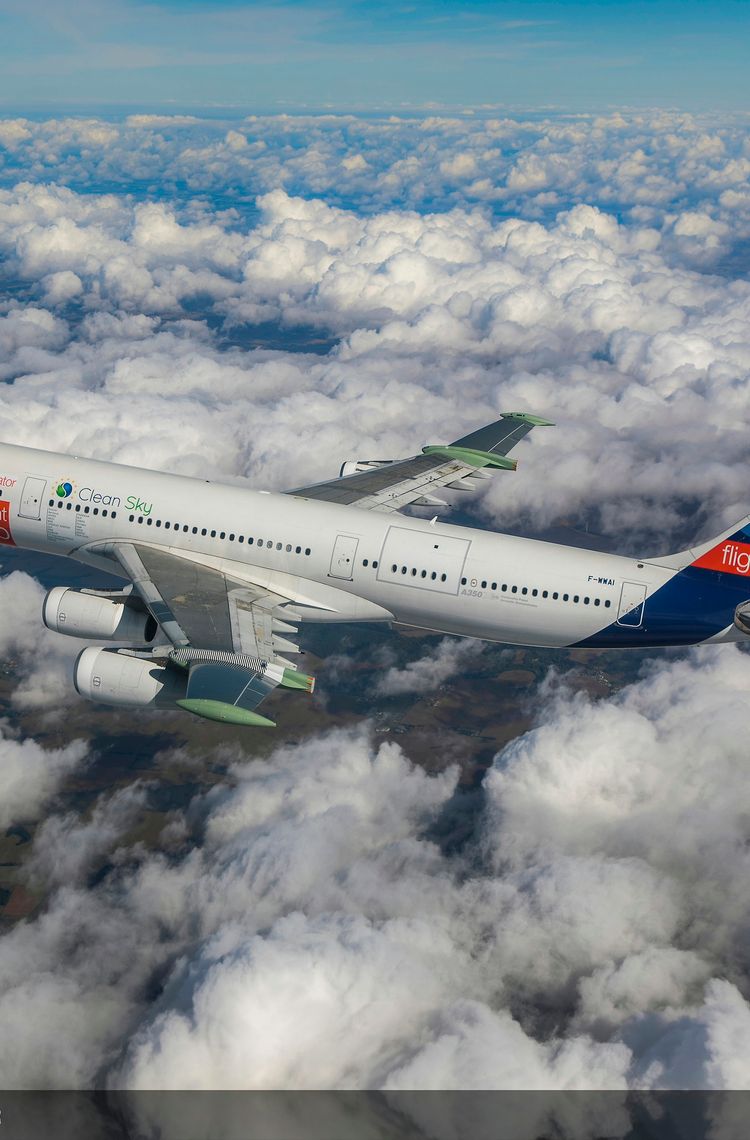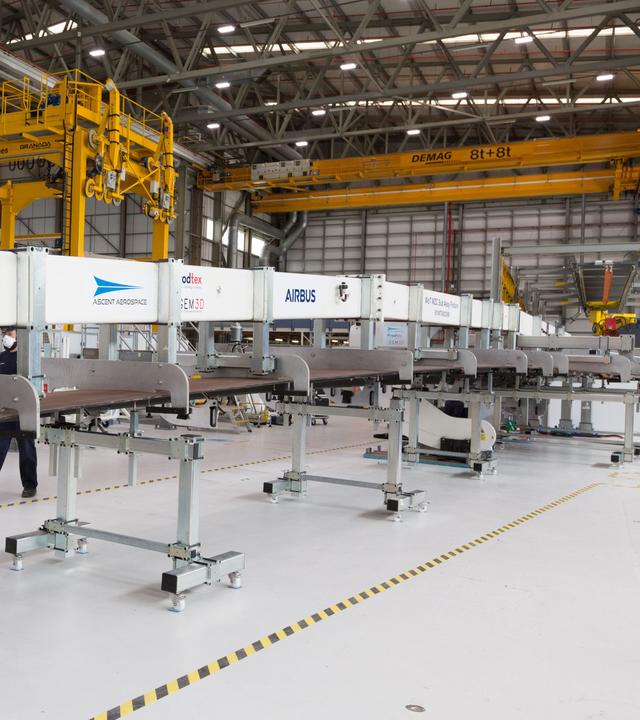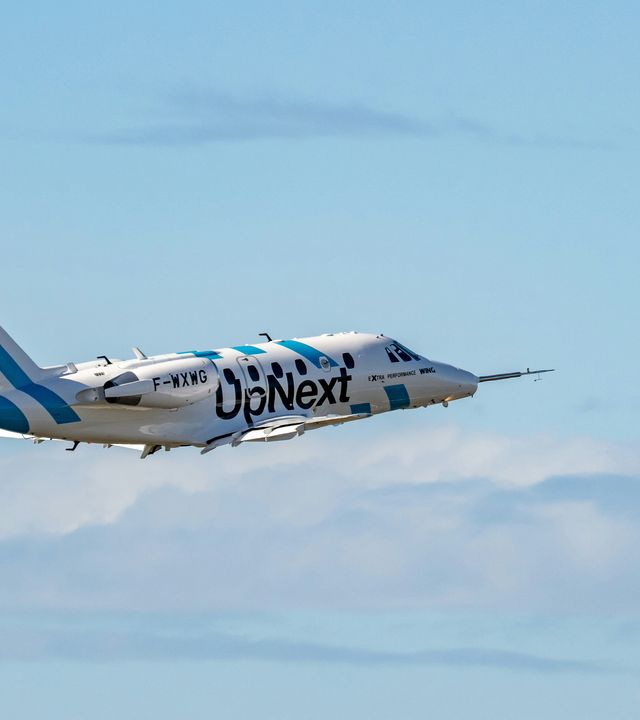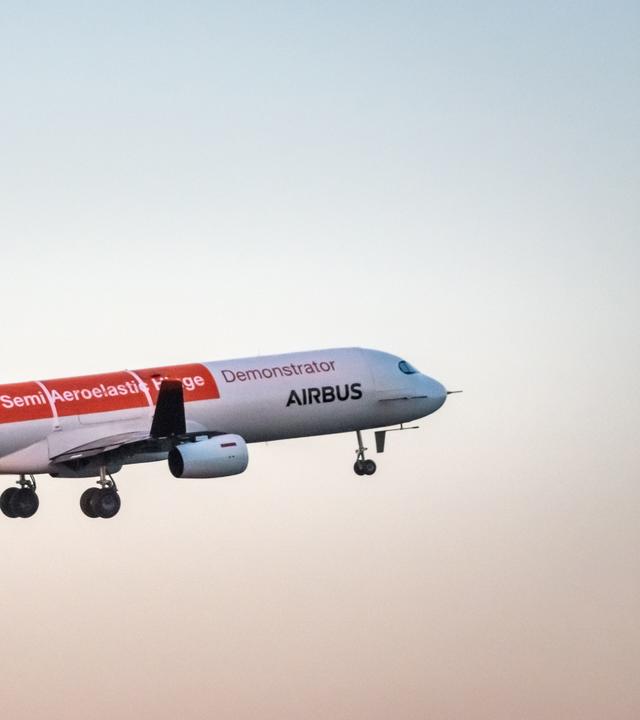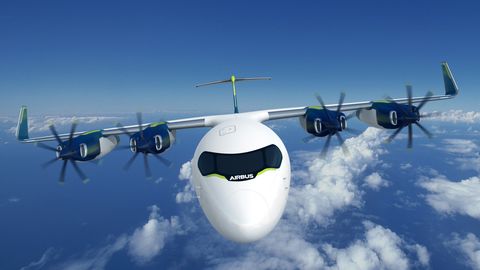Reducing drag, fuel burn and emissions
AERODYNAMIC EFFICIENCY
A wing’s aerodynamic properties are central to aircraft efficiency. Airbus experts constantly examine new ideas and technologies that take their inspiration from nature, helping to further optimise wing design for the aircraft of tomorrow.
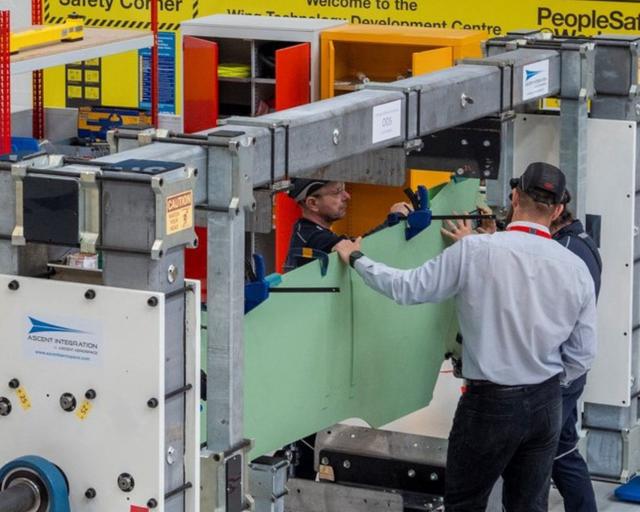
Airbus’ Wing Technology Development Centre in Filton, UK
Airbus is investing further in its UK innovation capabilities with the opening of a new Wing Technology Development Centre at its Filton site in July 2023. The new facility will help Airbus accelerate the design, construction and testing of wings for next generation aircraft, using the latest technology and world-leading demonstrators to further improve performance.
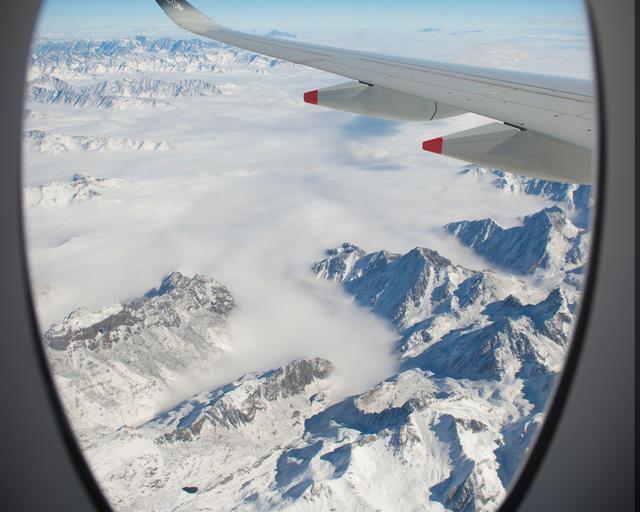
Biomimicry
Biomimicry – or biologically inspired engineering – is the study and imitation of nature’s best-kept secrets to help solve human challenges. Today, nature is providing Airbus with invaluable insight on how to make aircraft lighter and more fuel efficient. One example of biomimicry in aerospace is winglets, the vertical wing-tip extensions that resemble a shark’s dorsal fin and which significantly reduce the size of the wingtip vortex, thus reducing induced drag.
Latest in wings
In the spotlight
-
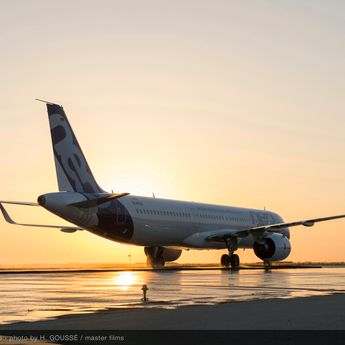
Web Story Innovation
The Wing Makers
What could the next generation of wings look like? As the pioneer of sustainable aerospace, Airbus is already working on it. -
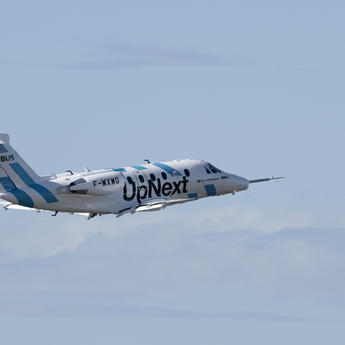
Web Story Innovation
eXtra Performance Wing demonstrator takes off
-
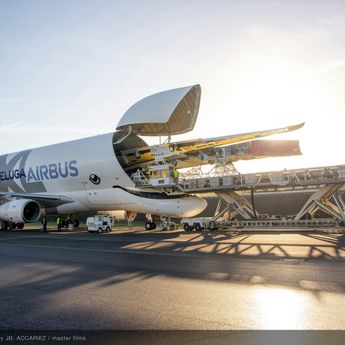
Web Story Innovation
How to Make a Wing
-
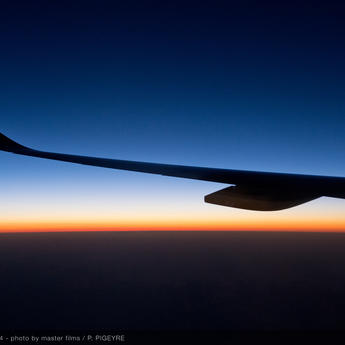
Web Story Innovation
The Wonder of Wings
-
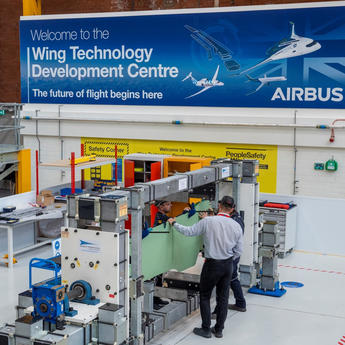
Press Release Innovation
New technology hub to accelerate next generation Airbus wings
